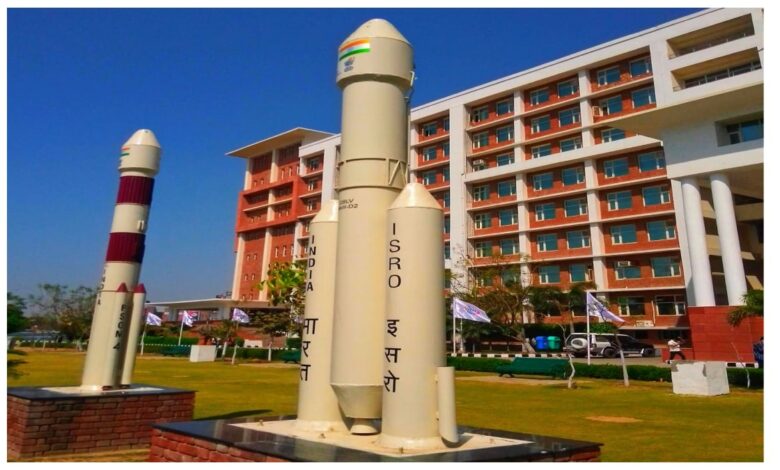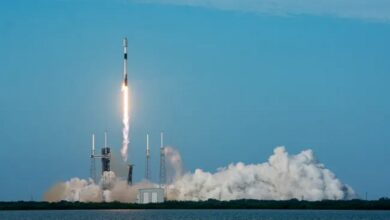Chandrayaan-3 Rover Finds Ancient Magma Ocean Near Moon’s South Pole

Chandrayaan-3 mission, India’s first successful mission to land on the moon, may have made a remarkable discovery. According to a new study, it may have found evidence of a former magma ocean near the moon’s south pole. This discovery was made through the efforts of the Pragyan rover, which landed on the lunar surface in August 2023. During its nine-day mission, Pragyan covered a distance of 103 meters and surveyed 23 different locations.
The rover used an alpha particle X-ray spectrometer to analyze the moon’s regolith, the outermost layer of lunar soil. The results, analyzed by Santosh Vadawale and his team at the Physical Research Laboratory in Ahmedabad, have provided new insights into the moon’s geological history.
Support for the lunar magma ocean hypothesis
Data collected by Pragyan showed that the regolith around the landing site had a uniform composition, consisting mainly of ferroanorthosite rock, according to a study published in the Journal of Nature on August 21. This supports the lunar magma ocean hypothesis, which states that the moon’s outer crust formed when lighter materials rose to the surface while heavier materials sank inward. The similarity in the chemical composition of the regolith near the South Pole to that of soil samples from the moon’s equatorial and mid-latitudes strengthens this theory.
Geological insights and implications for future missions
In addition to confirming the magma ocean hypothesis, Pragyan’s mission provided valuable geological insights. The area around the landing site is relatively smooth, with few visible craters or boulders within a 50-meter radius. Outside this zone, the rover encountered larger boulders and formations that were likely ejected from nearby craters. These observations provide crucial “ground truth” data that will inform future remote-sensing missions and help plan subsequent lunar landings.
The Chandrayaan-3 findings are important for future lunar exploration. By increasing our understanding of the lunar surface composition and geologic history, these insights will help refine models of lunar formation and guide future missions. Vadawale and his team believe that data from this mission will play a critical role in shaping the future of lunar exploration.
In summary, the Chandrayaan-3 mission has provided compelling evidence for the existence of an ancient magma ocean on the Moon, and has provided valuable knowledge about its formation and conditions on the surface.




